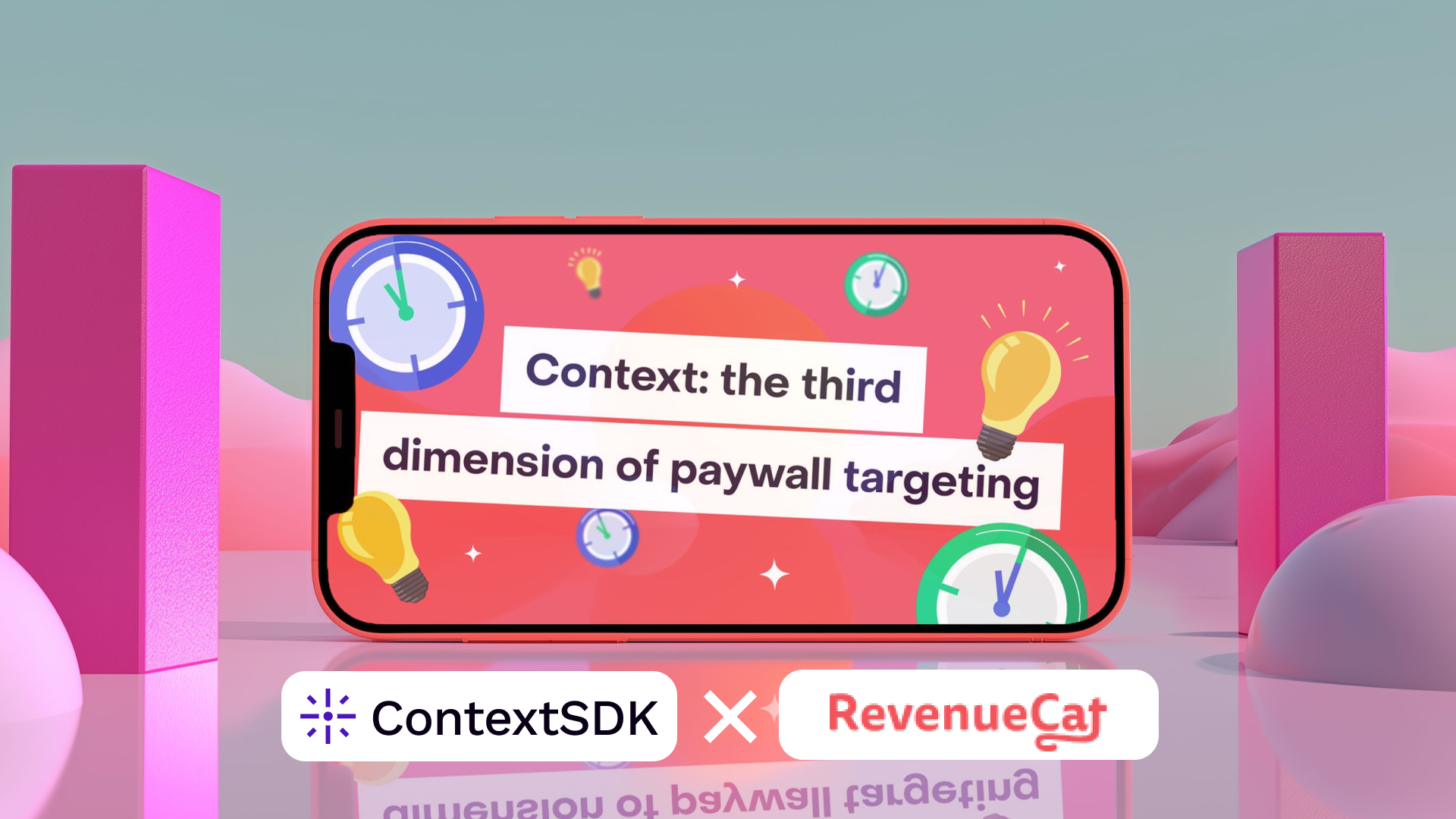The Next Era of Mobile Advertising: From Attribution Loss to Context Intelligence


Introduction
If 2024 was about data loss, 2025 is about decision loss.
According to Branch’s State of App Growth 2025 Report, only 18% of marketers feel very confident in their attribution accuracy. Seventy-one percent say privacy regulations created blind spots that cost revenue. And fewer than one in ten teams have a unified cross-channel view.
The result? Marketers are flying half-blind — optimizing what they can measure, not what actually moves users.
But there’s a quiet shift underway: when traditional signals disappear, context steps in.
The New Growth Reality: Signal Loss and Smarter Substitutes
The survey highlights three big trends shaping mobile growth this year:
- Cost-efficient scale is harder than ever — 36% cite it as their top challenge.
- Cross-channel attribution got harder for 41% of marketers.
- Contextual targeting surged as 40% of teams turned to it as a privacy-safe alternative.
The pattern is clear: user-level data is shrinking, while context-level intelligence is rising. Teams are looking for meaningful proxies — signals that reveal not who a user is, but what they’re doing and when they’re open to engage.
That’s exactly where on-device context AI becomes the new growth engine.
From User Profiles to User Moments
Think about how we interact with our phones:
- We scroll differently at home than we do on the subway.
- We engage more deeply when relaxed and stationary than when rushing.
- We ignore even the best ad if it hits during the wrong moment.
Marketers have long tried to personalize content, but the next frontier is personalizing timing.
That’s why AdverTiming Matters study — Snapchat’s ongoing exploration of timing and mood in advertising — hit a nerve. It showed that ads perform significantly better when aligned with a user’s emotional and situational context. Timing isn’t a side factor anymore; it’s the differentiator.
The Shift: From Attribution to Actionable Context
As Branch’s findings show, privacy-first infrastructure is now non-negotiable:
- 38% of teams adopted server-side tracking,
- 40% increased focus on contextual targeting,
- and AI is now everywhere — from predictive analytics (48%) to creative optimization (46%).
But what if AI didn’t just predict behavior — what if it read it?
Not by tracking identity, but by interpreting real-world signals like motion, activity, and attention directly on the device.
That’s where ContextSDK comes in.
ContextSDK: From Guesswork to Ground Truth
ContextSDK adds a new layer of intelligence to the ad and engagement stack.
- ContextDecision detects what users are doing in real time — whether they’re commuting, focused, or relaxed — and decides when to trigger ads, prompts, or offers.
- ContextPush delivers notifications at the right moment, when users are most receptive.
- Our upcoming ContextAdTech tools extend this logic to ad placements, helping networks and advertisers avoid wasted impressions by understanding moment-level attention.
It’s privacy-first (all on-device, no PII) and server-side compatible, so it fits right into the architectures 38% of marketers are already adopting.
In a landscape where teams can’t see everything, context becomes the most honest signal left.
From Missing Data to Meaningful Timing
The Branch report shows how the industry is shifting from identity to intent — and from data collection to contextual understanding.
Teams that used to ask “Who is this user?” are now asking “When are they most ready?”
ContextSDK answers that second question better than anyone.
By understanding moments, not just events, it helps marketers capture attention without overstepping trust — solving for the two biggest blockers to AI rollout: privacy (55%) and brand safety (51%).
The Bottom Line
Most marketers don’t fully trust their data anymore. But with ContextSDK, they don’t have to.
When attribution gets messy, context brings clarity.
When timing fails, context finds the moment.
And when adtech struggles to adapt, context makes it human again.
Because the future of marketing isn’t about knowing who someone is — it’s about knowing when they’re ready to listen.






